Understanding Bridging Finance for Auction Success
Property auctions move quickly, and for early childhood educators looking to secure their dream home, having the right financing in place is crucial. Bridging finance offers a powerful solution that can bridge the gap between buying a home and selling a home, particularly when auction deadlines don't align with your current financial situation.
A bridging loan is essentially a short-term loan designed to help you purchase a new property before selling your existing one. For auction properties, this financing option provides the immediate funds needed to complete your purchase, with the loan term usually 6 to 12 months to sell existing property.
Why Auction Properties Require Special Financing
When you're successful at auction, you typically need to pay a 10% deposit immediately and settle within 30-42 days. This timeline rarely allows for traditional home loan processing, making bridging loan options particularly valuable for time-sensitive purchases.
The application process for bridging finance can be more streamlined than conventional loans, as lenders understand the urgency involved in auction scenarios. Mortgage brokers can access bridging loan options from banks and lenders across Australia, ensuring you have multiple financing paths available.
Key Benefits of Bridging Finance for Educators
- Immediate purchasing power - Secure auction properties without waiting to sell your current home
- Flexible loan structures - Choose between variable interest rate and fixed interest rate options
- Time advantage - Avoid the dilemma of should you buy or sell first
- Professional guidance - Mortgage brokers provide expertise throughout the entire process
- Borrowing capacity optimization - Maximize your purchasing potential in the local property market
Understanding Bridging Loan Costs and Structure
Bridging loan rates typically carry higher interest costs than standard home loans due to their short-term nature and convenience. However, many lenders offer interest capitalisation, meaning you don't make monthly repayments during the bridging period - instead, interest is added to the loan balance.
The loan to value ratio (LVR) for bridging finance usually allows borrowing up to 80% of the combined value of both properties. This means you can often avoid lenders mortgage insurance (LMI) while maintaining sufficient borrowing capacity for your auction purchase.
Peak Debt and End Debt Calculations
When applying for a bridging loan, lenders assess two key figures:
- Peak Debt: The maximum loan amount during the bridging period, including the contract purchase price of the new home
- End Debt: The remaining loan balance after selling your existing property
Understanding these calculations helps determine the appropriate bridging loan amount and ensures your financial situation can support the temporary higher debt level.
Getting Pre-Approved for Auction Success
Loan pre-approval is particularly important for auction bidding. Having confirmed bridging finance gives you confidence to bid competitively, knowing you have secured funding available. The streamlined application process for bridging loans means you can often get pre-approved quickly with basic documentation like bank statements and property valuations.
Many bridging loan products also include features like offset accounts, allowing you to reduce interest costs on any surplus funds during the bridging period.
Additional Costs to Consider
When calculating bridging loan repayments and total costs, factor in:
- Stamp duty on the new property
- Legal and conveyancing fees
- Valuation costs for both properties
- Exit fees when the bridging loan converts to a standard home loan or investment loan
Making the Right Choice for Your Situation
Bridging finance works particularly well when you've identified a specific property at auction but haven't yet sold your current home. It's also suitable when building timelines extend beyond typical auction settlements, with loan terms potentially extending to 12 months if new property is being built.
Mortgage brokers specializing in educator finance understand the unique income patterns and employment benefits available to early childhood educators. This knowledge can help secure more favorable loan interest rates and terms.
Working with experienced mortgage brokers ensures you access the full range of bridging loan options available across Australian lenders. They can compare variable loan rates, fixed interest rate loan products, and negotiate interest rate discounts based on your professional status and financial profile.
Whether you're looking at your first home loan or expanding your investment loan portfolio, bridging finance can provide the flexibility needed to secure auction properties in today's fast-moving property market.
Call one of our team or book an appointment at a time that works for you to discuss how bridging finance can help you secure your next property purchase.



